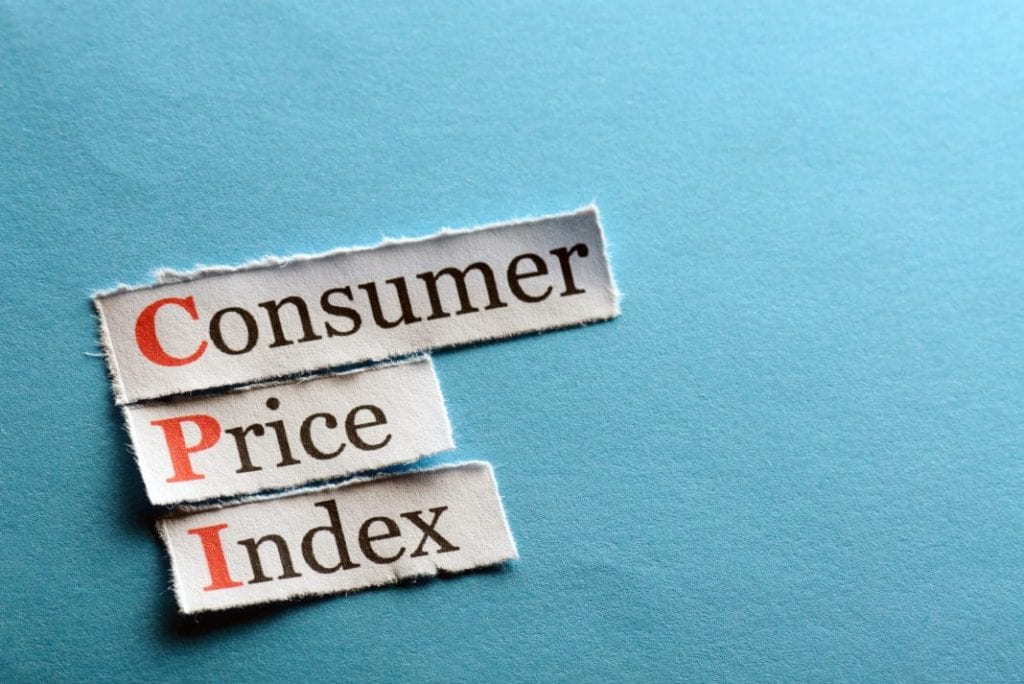
The Consumer Price Index, or CPI, increasingly affects Americans of all ages, incomes, and location. Yet few citizens understand how it’s calculated, how it’s used, or its strengths and shortcomings.
The CPI is one of the most important figures calculated by the Bureau of Labor Statistics (BLS). It reflects the rate of inflation that has occurred from one period to another, allowing you to understand why your dollars buy less today than yesterday. The Federal Reserve uses the index to set monetary policy, and Congress considers it when determining cost-of-living adjustments to federal benefits and taxes.
Here’s what you need to know to understand the CPI and how it affects our nation’s economy — and your bottom line.
What Is the CPI?
Simply stated, the Consumer Price Index is a weighted measure of the change in prices paid by typical consumers for a representative collection of goods and services over time. The BLS uses a combination of sampling data and statistical analysis to establish the price for a fixed category of goods and service consumed by a family unit during a specific period. A comparison of the index price for two calendar dates provides a close approximation of inflation between the two periods.
Three separate, though related, Consumer Price Indexes are published each month:

